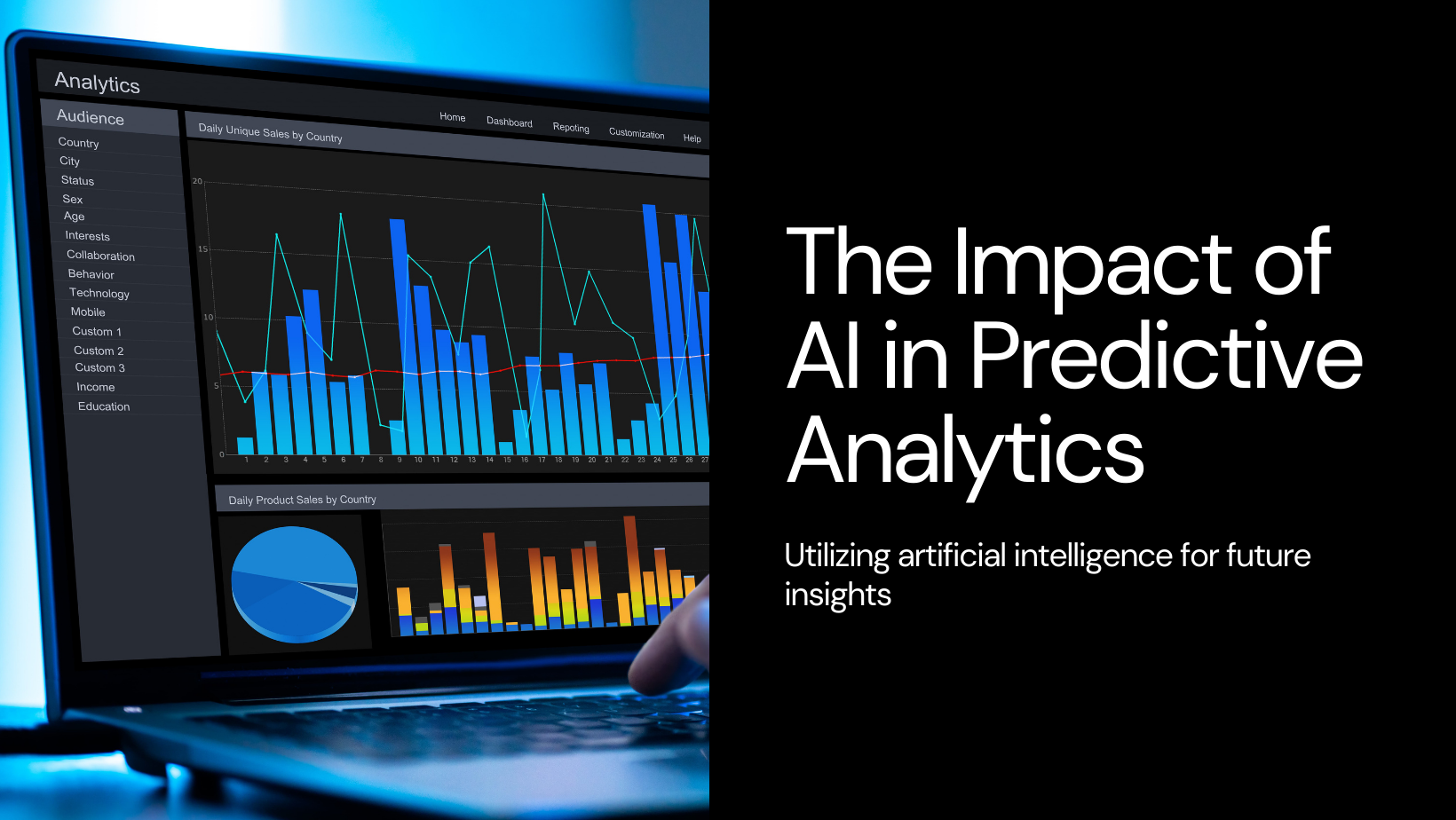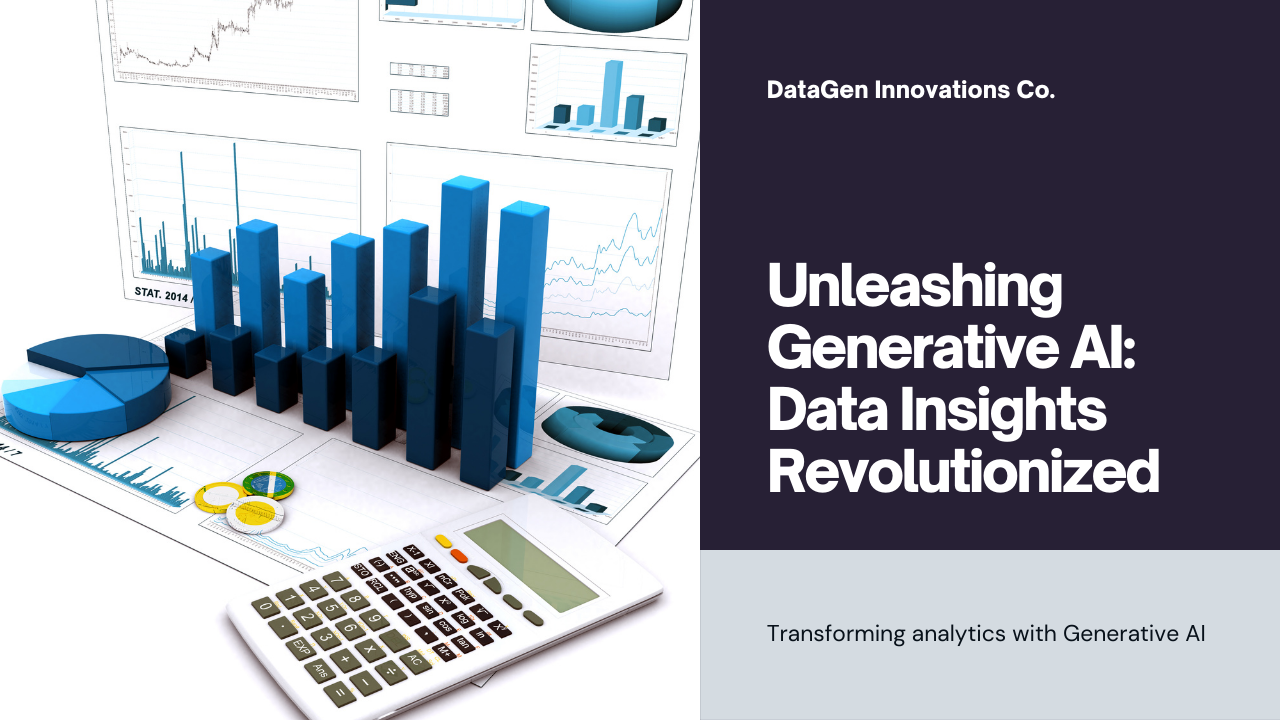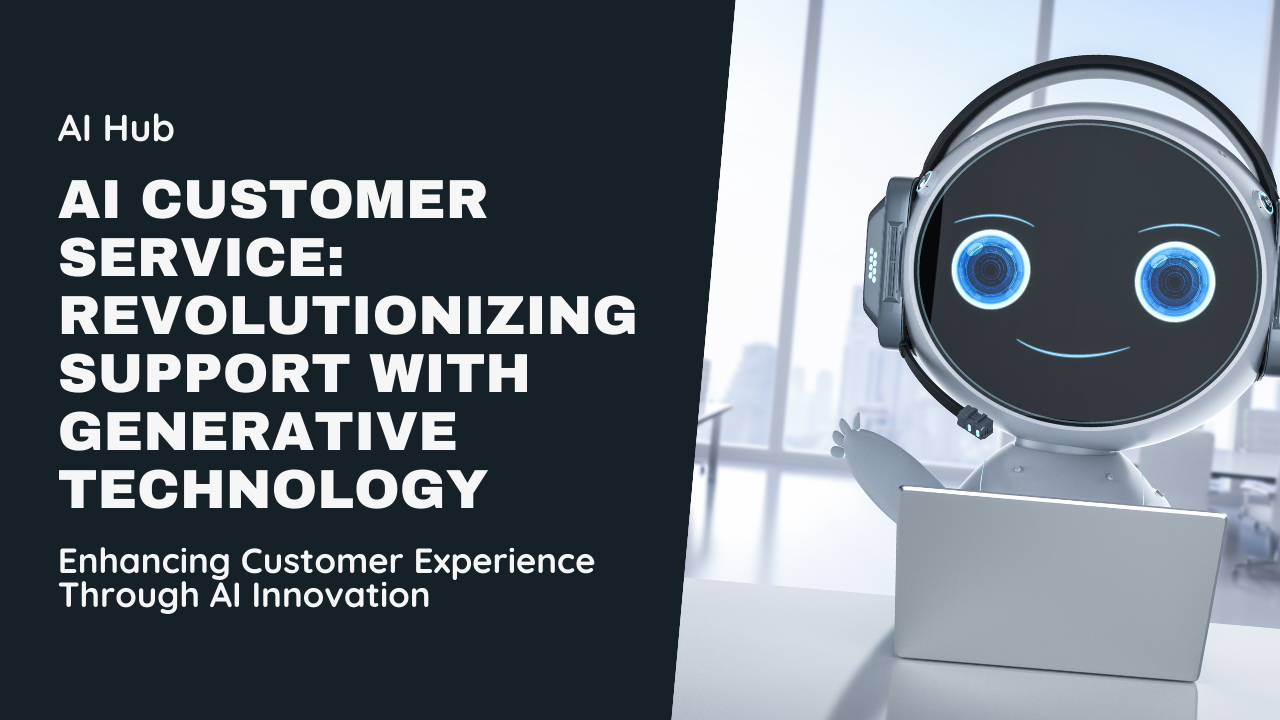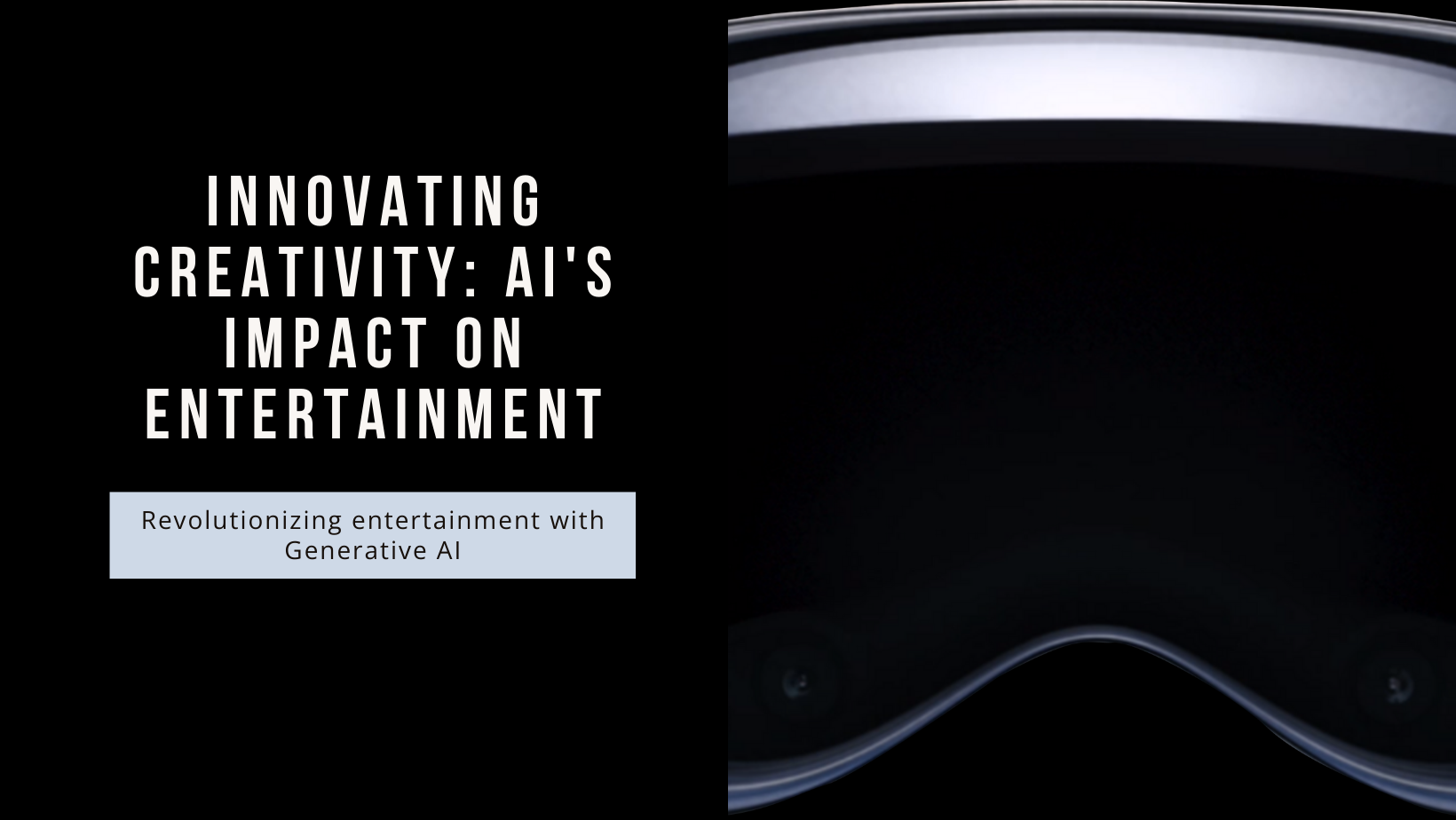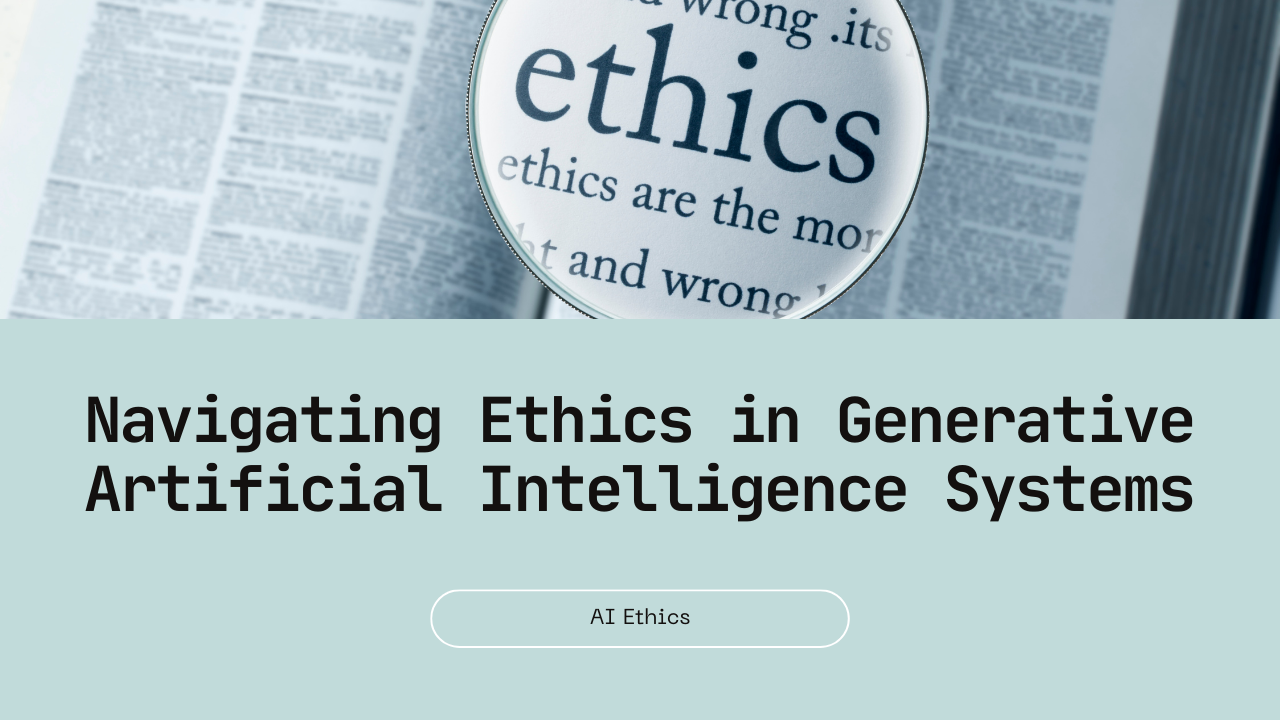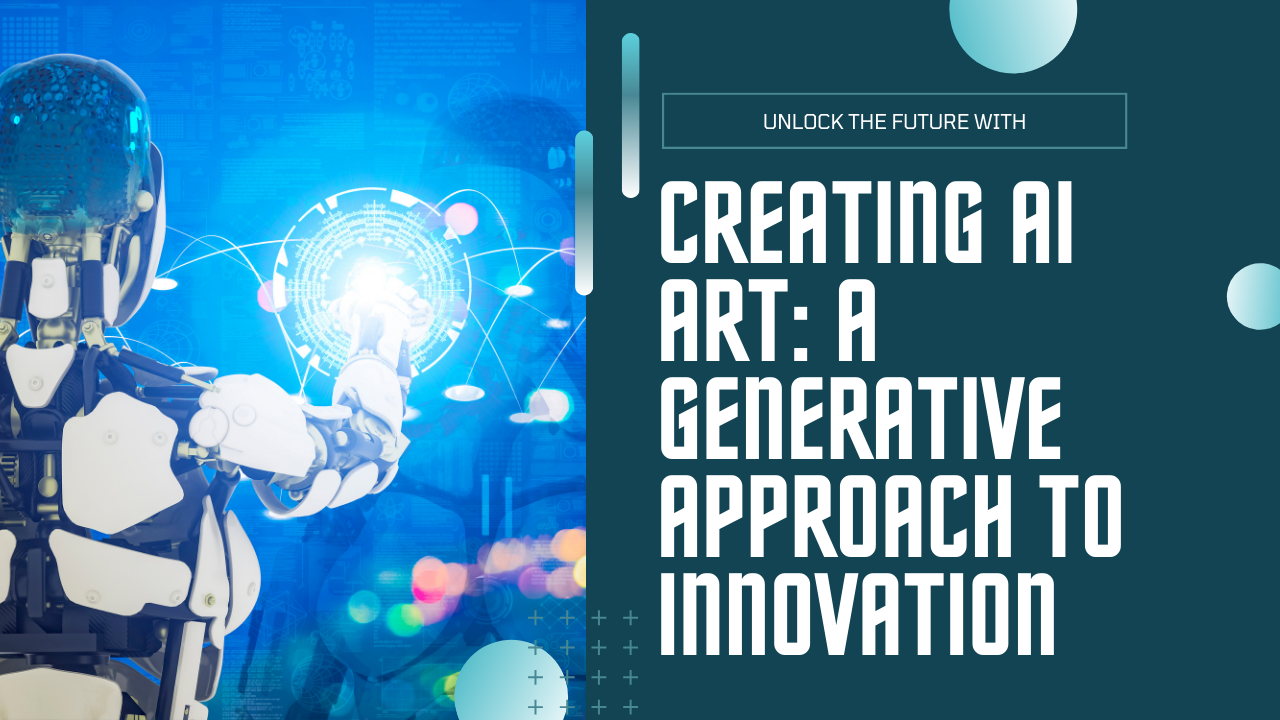Introduction: Predictive analytics has become a cornerstone of modern business strategy, enabling organizations to anticipate trends, mitigate risks, and make data-driven decisions with greater precision. Artificial Intelligence (AI) plays a pivotal role in enhancing the capabilities and accuracy of predictive analytics by leveraging advanced algorithms and machine learning techniques. This blog explores how AI is transforming predictive analytics, its applications across industries, and the benefits of integrating AI-driven solutions for actionable insights and strategic planning.
Understanding Predictive Analytics and AI: Predictive analytics involves extracting patterns and insights from historical data to forecast future trends, behaviors, and outcomes. By analyzing vast datasets and identifying correlations, predictive models help businesses optimize operations, improve customer experiences, and drive competitive advantage. AI enhances predictive analytics by automating complex data analysis, uncovering hidden patterns, and adapting models in real time based on evolving data inputs.
1. Advanced Data Processing and Pattern Recognition: AI algorithms excel in processing large volumes of structured and unstructured data, extracting meaningful patterns, and identifying predictive variables that influence outcomes. Machine learning models, such as regression analysis, decision trees, and neural networks, analyze historical data to uncover relationships, anomalies, and trends that traditional statistical methods may overlook. Natural language processing (NLP) techniques enable AI to interpret textual data, sentiment, and context, enhancing predictive accuracy across diverse datasets and domains.
2. Real-Time Decision-Making and Optimization: AI-powered predictive analytics enable real-time decision-making by continuously analyzing incoming data streams, detecting anomalies, and generating actionable insights in milliseconds. Predictive models equipped with AI algorithms forecast demand, optimize inventory levels, and recommend pricing strategies based on current market conditions and consumer behavior. Dynamic pricing algorithms adjust prices dynamically to maximize revenue, while predictive maintenance models predict equipment failures, reduce downtime, and optimize asset management strategies.
3. Customer Segmentation and Personalization: AI-driven predictive analytics transform customer segmentation by segmenting audiences based on behavior, preferences, and purchasing patterns. Cluster analysis and collaborative filtering algorithms personalize marketing campaigns, recommend products, and deliver targeted offers that resonate with individual customers. Customer lifetime value (CLV) models predict future revenue contributions, enabling marketers to prioritize high-value customers, tailor engagement strategies, and enhance customer retention through personalized experiences.
4. Risk Assessment and Fraud Detection: AI enhances risk assessment and fraud detection by analyzing historical data patterns, detecting unusual activities, and flagging potential fraud in real time. Fraud detection algorithms leverage anomaly detection techniques, network analysis, and machine learning models to identify fraudulent transactions, mitigate financial losses, and protect customer assets. AI-powered credit scoring models assess borrower creditworthiness, predict default risks, and optimize lending decisions based on predictive analytics insights.
5. Healthcare and Medical Diagnostics: In healthcare, AI-powered predictive analytics revolutionize medical diagnostics, disease prevention, and patient care management. Predictive models analyze electronic health records (EHRs), genetic data, and clinical notes to predict patient outcomes, recommend personalized treatment plans, and identify individuals at risk of developing chronic conditions. AI algorithms enable early disease detection, improve diagnostic accuracy, and optimize resource allocation in healthcare facilities, enhancing patient outcomes and reducing healthcare costs.
6. Future Trends and Innovations: Looking ahead, the future of AI in predictive analytics holds promise for innovation in diverse industries, including finance, healthcare, retail, and manufacturing. Advances in AI technologies, such as deep learning, reinforcement learning, and federated learning, are expected to further enhance predictive modeling capabilities, automate complex decision-making processes, and unlock new opportunities for business growth and competitive advantage. As AI continues to evolve, organizations will continue to leverage predictive analytics to gain actionable insights, drive innovation, and achieve strategic objectives in a rapidly evolving digital economy.
Conclusion: In conclusion, AI is transforming predictive analytics by empowering organizations to leverage data-driven insights, optimize operations, and make informed decisions with greater confidence and accuracy. By integrating AI-driven predictive analytics solutions, businesses can anticipate market trends, mitigate risks, and capitalize on opportunities to drive sustainable growth and competitive advantage in today’s dynamic business landscape.
